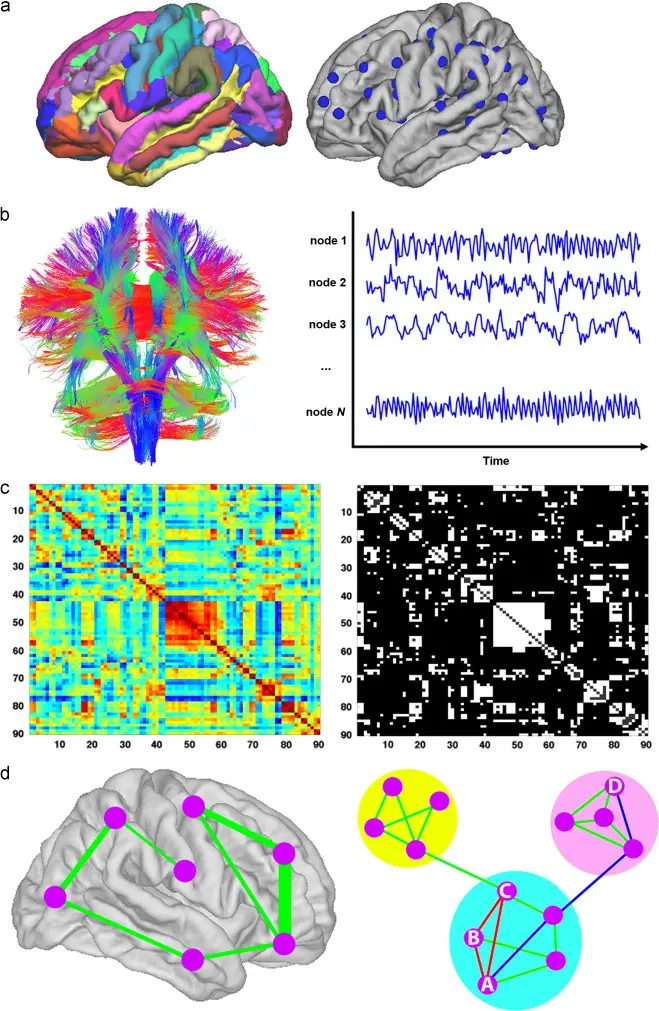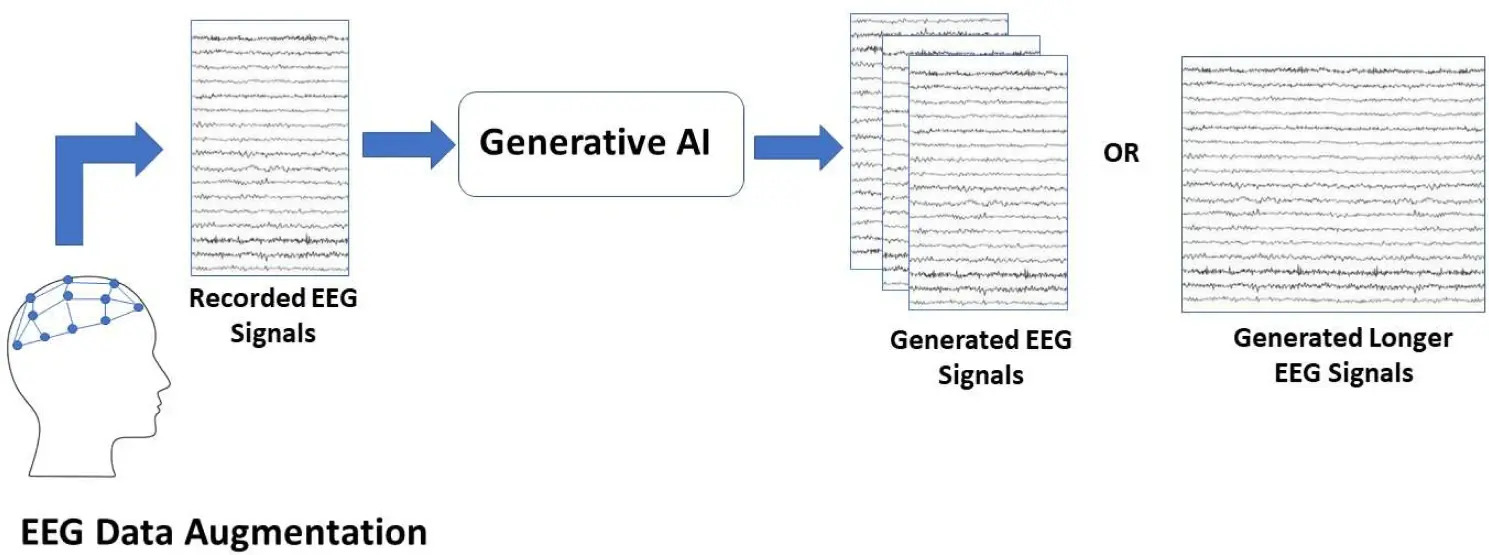The Complexity of the Human Nervous System
The human nervous system is a living network of extraordinary precision. Billions of neurons exchange electrical and chemical signals across synapses, controlling everything from voluntary movements to unconscious emotions. Understanding this intricate architecture has long been a major scientific challenge, but today, the tools to map and decode it are evolving rapidly.
New Methods of Mapping
In recent years, the ability to map the nervous system with unprecedented precision has transformed neuroscience from an observational to a truly exploratory science. Traditional imaging techniques like MRI and CT scans provided broad structural views of the brain, but they lacked the resolution to capture the fine-scale architecture of neural circuits. Today, a suite of cutting-edge methods is enabling scientists to chart the nervous system at multiple scales from the whole brain down to individual synapses.
One of the most revolutionary approaches is connectomics, which aims to map every neural connection within a brain or brain region. Using advanced microscopy techniques such as electron microscopy combined with powerful computational tools, researchers can reconstruct detailed “wiring diagrams” that reveal how neurons are interconnected. This comprehensive mapping helps scientists understand how neural networks process information and how disruptions in connectivity can lead to neurological diseases.
Additionally, innovations in functional neuroimaging such as functional MRI (fMRI), diffusion tensor imaging (DTI), and calcium imaging allow researchers to visualize brain activity and track the flow of information in real time. fMRI detects changes in blood flow related to neural activity, while DTI maps the pathways of white matter tracts by following water diffusion patterns along axons. These methods have unveiled the dynamic nature of the brain’s communication pathways, providing insights into cognition, memory formation, and neuroplasticity.
At the microscopic level, breakthroughs in optical clearing techniques like CLARITY and expansion microscopy make brain tissue transparent or physically enlarge it, allowing for high-resolution imaging of neurons and their connections in three dimensions without slicing the tissue into thin sections. This preserves the intricate architecture and facilitates detailed studies of neural circuits in health and disease.
Together, these new mapping methods are not only deepening our understanding of how the nervous system is organized but are also laying the groundwork for targeted therapies. By identifying precise circuit abnormalities, clinicians and researchers can develop more effective interventions tailored to individual patients, opening new frontiers in personalized neurology and psychiatry.
The Fusion of Biology and Technology
The boundaries between biology and technology are rapidly dissolving as advances in neuroscience and engineering converge to create innovative tools that interface directly with the nervous system. This fusion is revolutionizing how we understand brain function, treat neurological disorders, and even enhance human capabilities.
One of the most remarkable achievements in this area is the development of brain-computer interfaces (BCIs). These devices detect neural activity either through implanted electrodes or non-invasive sensors like EEG caps and translate these signals into commands for computers or prosthetic limbs. BCIs have empowered individuals with paralysis to communicate, control robotic arms, or navigate digital environments using only their thoughts. The implications extend beyond medical applications, with research ongoing into enhancing cognitive functions and immersive virtual experiences.
In parallel, neuroprosthetics have made significant strides. Artificial limbs controlled by neural signals restore mobility and dexterity to amputees, while cochlear implants convert sound into electrical impulses that stimulate the auditory nerve, restoring hearing for many deaf individuals. These devices represent a seamless integration of biological signals with mechanical and electronic components, blurring the line between human and machine.
Further advancements include implantable neural sensors that monitor brain activity with high precision over long periods, enabling early detection and management of disorders like epilepsy and Parkinson’s disease. At the nanoscale, researchers are developing biocompatible materials and microscale devices capable of interfacing with individual neurons, promising unprecedented control over neural circuits.
The fusion of biology and technology also extends to bioelectronic medicine, a burgeoning field where electrical stimulation of nerves is used to treat chronic diseases such as rheumatoid arthritis, inflammatory bowel disease, and depression. By modulating nerve signals, these therapies offer alternatives to drugs with fewer side effects and more targeted outcomes.
As this integration progresses, ethical considerations arise regarding privacy, autonomy, and identity. The possibility of directly influencing thoughts, emotions, or memories through technology challenges traditional notions of selfhood and consent, making dialogue between scientists, ethicists, and the public essential.
Using GAI for EEG data augmentation
In summary, the fusion of biology and technology marks a paradigm shift in neuroscience, opening avenues not only for healing but also for enhancing the human experience in ways previously confined to science fiction.

